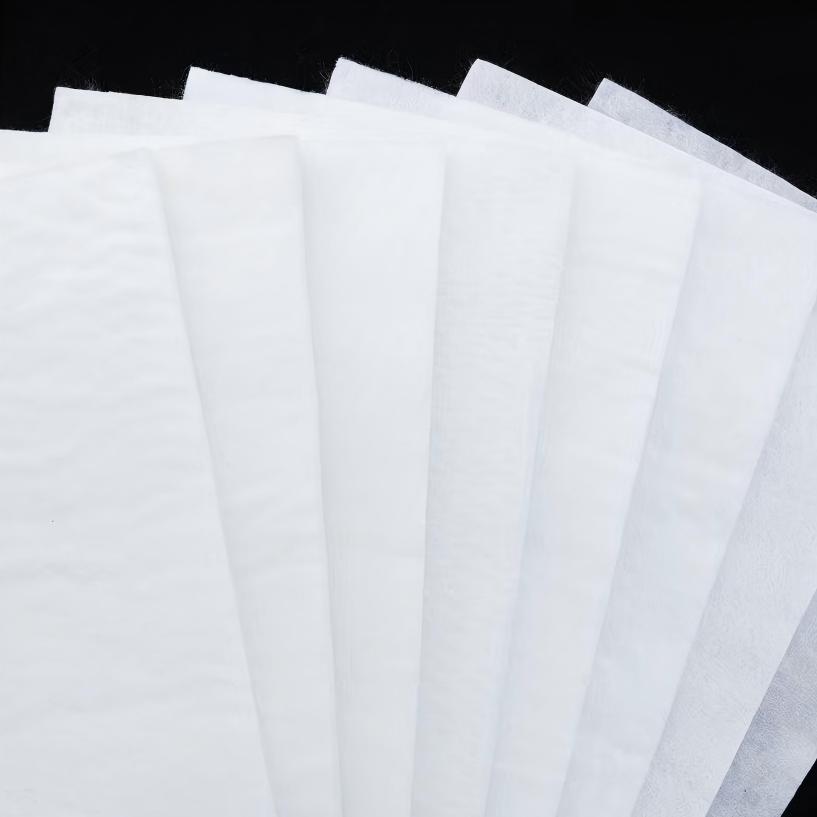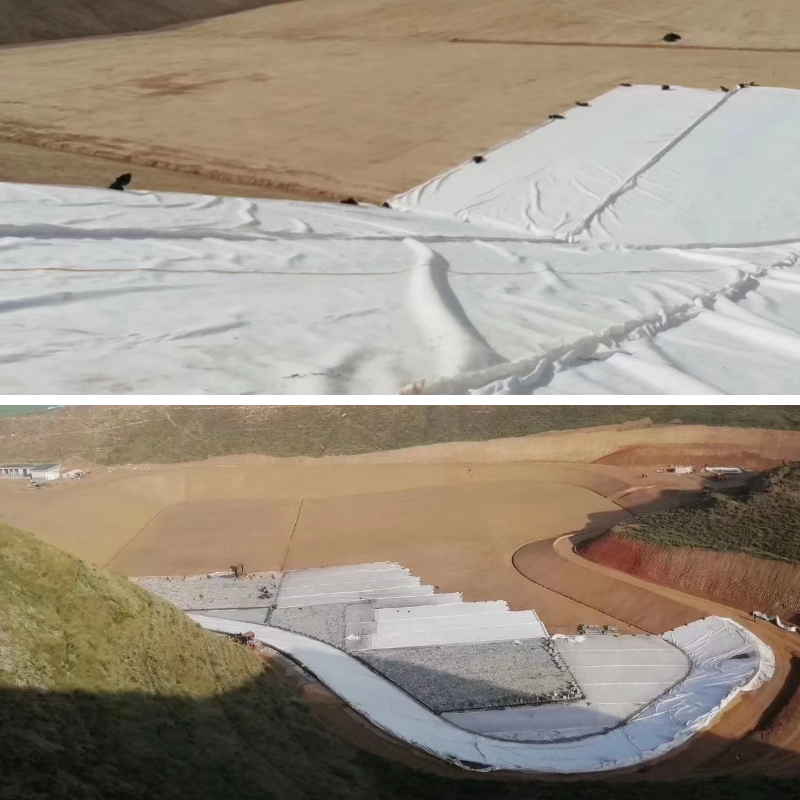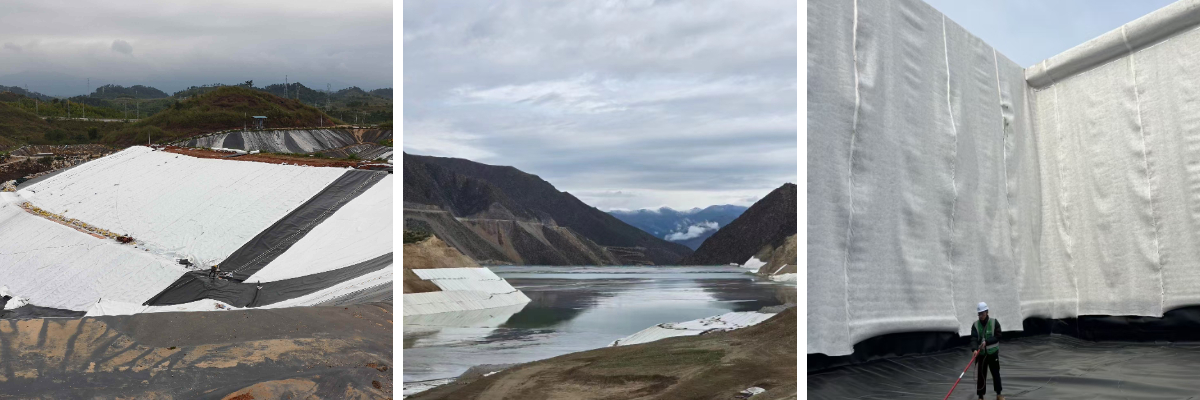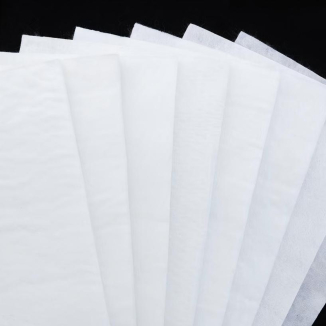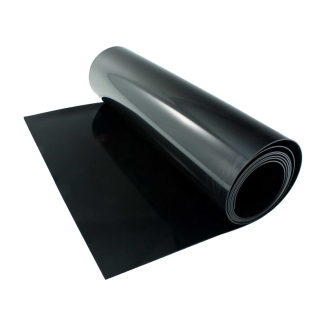Geotextile 250g m2
1. Functional integration: Simultaneously achieve the four major functions of filtration, drainage, isolation, and reinforcement, reducing the amount of engineering materials used.
2. Construction convenience: Lightweight, flexible, can be cut and spliced, with a laying efficiency 3-5 times higher than traditional materials, reducing labor costs.
3. Cost economy: Low long-term maintenance costs, reducing maintenance costs caused by soil erosion and structural deformation
4. Eco friendliness: The materials are recyclable and have minimal disturbance to the surrounding environment during the construction process, which is in line with the concept of green engineering.
Product Introduction:
Geotextile 250g m2 is a permeable geosynthetic material made of synthetic fibers (such as polyester, polypropylene, etc.) through needle punching, weaving, or thermal bonding processes. Its finished products are in the form of cloth, with a width of usually 4-6 meters and a length of up to 50-100 meters. They are divided into two categories: woven geotextiles and non-woven long filament geotextiles.
characteristic
1. High strength and ductility
Made of plastic fiber material, it can maintain sufficient strength and elongation in both dry and wet conditions, and can withstand large tensile forces without easily breaking.
2. Corrosion resistance and aging resistance
Can be used for a long time in soil and water with different pH levels, resist chemical erosion, and extend the service life of the project.
Strong resistance to microorganisms, not susceptible to insect damage, suitable for humid environments.
3. Permeability and Filtration
There are gaps between fibers that allow water to pass through but block soil particles, forming drainage channels and preventing soil erosion.
4. Convenient construction and low cost
The material is soft and easy to transport, cut, and lay, and can be manually operated to reduce construction costs.
Complete specifications, with a width of up to 9 meters, suitable for different engineering needs.
5. Environmental protection and multifunctionality
Non toxic, odorless, recyclable, and in compliance with environmental protection requirements.
It has multiple functions such as isolation, reinforcement, protection, and anti-seepage, and is known as an "all-around player" in the engineering field.
Product Parameters:
project | metric | ||||||||||
Nominal strength/(kN/m) | |||||||||||
6 | 9 | 12 | 18 | 24 | 30 | 36 | 48 | 54 | |||
1 | Longitudinal and transverse tensile strength / (kN/m) ≥ | 6 | 9 | 12 | 18 | 24 | 30 | 36 | 48 | 54 | |
2 | Maximum elongation at maximum load in longitudinal and transverse directions/% | 30~80 | |||||||||
3 | CBR top penetration strength /kN ≥ | 0.9 | 1.6 | 1.9 | 2.9 | 3.9 | 5.3 | 6.4 | 7.9 | 8.5 | |
4 | Longitudinal and transverse tearing strength /kN | 0.15 | 0.22 | 0.29 | 0.43 | 0.57 | 0.71 | 0.83 | 1.1 | 1.25 | |
5 | Equivalent aperture O.90(O95)/mm | 0.05~0.30 | |||||||||
6 | Vertical permeability coefficient/(cm/s) | K× (10-¹~10-), where K=1.0~9.9 | |||||||||
7 | Width deviation rate /% ≥ | -0.5 | |||||||||
8 | Unit area mass deviation rate /% ≥ | -5 | |||||||||
9 | Thickness deviation rate /% ≥ | -10 | |||||||||
10 | Thickness coefficient of variation (CV)/% ≤ | 10 | |||||||||
11 | Dynamic perforation | Puncture hole diameter/mm ≤ | 37 | 33 | 27 | 20 | 17 | 14 | 11 | 9 | 7 |
12 | Longitudinal and transverse fracture strength (grab method)/kN ≥ | 0.3 | 0.5 | 0.7 | 1.1 | 1.4 | 1.9 | 2.4 | 3 | 3.5 | |
13 | Ultraviolet resistance (Xenon arc lamp method) | Longitudinal and transverse strength retention rate% ≥ | 70 | ||||||||
14 | Ultraviolet resistance (fluorescence UV lamp method) | Longitudinal and transverse strength retention rate% ≥ | 80 | ||||||||
Product Applications:
1. Water conservancy engineering
Embankment and reservoir engineering: During the embankment filling process, geotextile is laid between the dam body and the foundation as an isolation layer to separate different types of soil (such as cohesive soil and sandy soil), avoiding structural deformation caused by soil mixing; At the same time, by using the filtering effect of needle punched non-woven geotextile, the soil particles of the dam body are prevented from leaking away with water, thus protecting the stability of the dam body. In addition, when used in conjunction with geomembranes on the upstream face of dams, geotextiles can serve as a protective layer to reduce direct erosion of the membrane by water flow.
River and channel remediation: laying geotextile on the slope or inner wall of the channel to resist water flow erosion and prevent slope collapse by utilizing its tensile strength; At the same time, the permeability of geotextile can guide the accumulated water in the slope and avoid landslides caused by excessive pore water pressure.
Anti seepage and drainage system: In anti-seepage engineering, geotextile serves as the protective layer of geomembrane to prevent the membrane from being punctured by sharp stones; In the drainage process, such as underground interception ditches, geotextile wraps around crushed stones to form drainage channels, which can allow water to flow through and block soil from blocking the pipes.
2. Transportation Engineering
Highway and railway subgrade: laid between subgrade filling and foundation soil as an isolation layer to prevent mixing of the two; Meanwhile, the reinforcing effect of needle punched geotextile can disperse vehicle loads, reduce roadbed settlement and uneven deformation, and extend the service life of the road surface.
Pavement base and sub base: Laying geotextile between the base and sub base of asphalt or cement pavement can reduce the upward propagation of base cracks, especially suitable for repairing existing pavement cracks in old road reconstruction projects.
Airport runway and apron: Due to the large and concentrated aircraft load, geotextile is used for reinforcing and draining the runway base to prevent structural damage caused by softening due to accumulated water.
3. Municipal and Environmental Engineering
Landfill site: As a key component of the anti-seepage system of the landfill site, geotextile is laid above and below the geomembrane. The upper protective layer can prevent sharp debris from puncturing the geomembrane, while the lower filtering layer can prevent soil particles from entering the membrane and guide water seepage from the foundation, avoiding excessive water pressure on the membrane. In addition, in the leachate collection ditch around the landfill site, geotextile wrapped gravel can form an efficient drainage channel to prevent blockage of the ditch.
Underground engineering: Geotextile is laid between the initial support and secondary lining of the tunnel as a drainage layer to collect surrounding rock seepage, which is discharged through blind pipes to prevent damage to the lining structure due to water accumulation and leakage; The outer wall of the underground pipe gallery is wrapped with geotextile, which can prevent soil particles from entering the gaps of the pipe gallery and protect the pipe body from soil corrosion.
Artificial wetlands and sewage treatment: Laying geotextiles at the bottom and slopes of artificial wetlands can not only isolate wetland fillers from foundation soil, but also ensure water circulation inside the wetland through permeability, helping to purify sewage; In facilities such as sedimentation tanks and filtration tanks in sewage treatment plants, geotextiles can be used as filtration media to separate suspended particulate matter in water.
4. Agriculture and Ecological Engineering
Irrigation and Irrigation in Farmland: Laying geotextiles in irrigation channels can reduce channel leakage and improve water resource utilization efficiency; In terraced fields and slope planting, geotextiles are laid on the surface or shallow soil layers to slow down the erosion of rainwater on the soil, maintain soil and water, and promote the discharge of excess water, avoiding crop root rot.
Ecological slope restoration: In mining greening, highway slope greening and other projects, geotextiles can fix the surface soil, provide a stable environment for plant growth, and ensure the water supply of plant roots through permeability, achieving a dual effect of "engineering protection+ecological restoration".
5. Other special applications
Salt industry and aquaculture: laying geotextile at the bottom of the crystallization pool in the salt field can reduce brine leakage and improve salt production efficiency; In aquaculture ponds, geotextiles serve as isolation layers to prevent the mixing of bottom soil with aquaculture water, facilitating pond cleaning and water quality management.
Military engineering: In rapid construction projects such as temporary fortifications and emergency flood control embankments, geotextiles, due to their lightweight and fast laying characteristics, can quickly form protective structures to resist floods or slope collapses.
Geotextile, as a multifunctional geosynthetic material, plays an important role in modern engineering construction due to its excellent mechanical properties, permeability, and durability. It can not only improve engineering quality but also reduce costs and environmental impact, making it an indispensable material in civil engineering.



